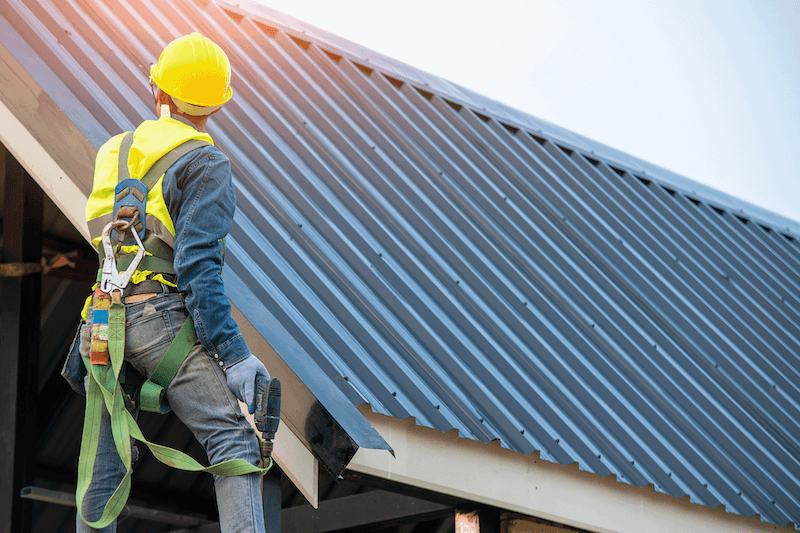Changing landscapes: Building and construction becomes a major focus for GS1 globally and activity continues locally
Businesses are constantly seeking ways to trade efficiently and effectively, and the construction sector is a prime example. Digitisation and standardisation are taking place rapidly in the building and construction sector, just as they have in other sectors such as food and grocery. GS1 standards and identifiers are now recognised globally as best practice in the building and construction sector, and with these shifts, GS1 is choosing to focus globally on the building and construction sector, with the appointment of Thierry Berset to the Management Board of GS1 globally. Locally, the Building and Construction sector has always been a key focus of GS1 New Zealand, and our support of the sector continues. In this article we explore these global changes and share some of the local activities that we have been supporting in the sector.
Appointment of Thierry Berset to global GS1 Management Board
We were particularly pleased that Thierry Berset, the Global Head of Product Conformity at Sika, was voted on to the global GS1 Management Board in May. This is an historic moment for GS1 and marks the first time a member of the Building and Construction sector has been appointed to the board. It is an acknowledgement of the growing need for standardisation in the sector, and a commitment from GS1 globally to the sector going forward.
Thierry’s mission is to guarantee Sika’s compliance with product-related market access legislation in the 102 countries where Sika has local presence. He is responsible for establishing and operating Sika’s Product Conformity Management System, which integrates processes from intake of supplier information through assessment to publication of labels and Digital Product Passports.
China mandates the use of the GTIN
We’re also seeing shifts in other markets as countries increasingly look to use GS1 standards and identifiers. China has recently begun mandating the use of Global Trade Item Numbers (GTINs or GS1 barcodes) in its construction industry as part of a broader push toward digital traceability and supply chain transparency. By requiring GTINs—unique identifiers for products—China aims to standardise material tracking, improve quality assurance, and enhance regulatory compliance across construction projects. For New Zealand businesses, especially those exporting construction materials or technology to China, this shift offers a valuable learning point: embracing global standards like the GTIN can streamline international trade, boost product credibility, and prepare companies for increasingly data-driven regulatory environments. The GTIN continues to be adopted locally in New Zealand as the best-practice identifier for products in building, construction and hardware.
Local partnership with NZ Building Industry Federation continues
Locally in New Zealand, the building and construction sector continues to be a major focus for GS1 New Zealand and our members. In line with this focus, we are proud to again be a silver sponsor of the Building Industry Federation (BIF) this year. The partnership is a recognition of the ongoing work we do with BIF to provide education and awareness of GS1 Global Standards. Together with BIF we seek to drive trust and transparency throughout the Aotearoa New Zealand building industry value chain, with the goal of enabling the industry to meet the future requirements of regulators and customers.
“Our partnership with BIF has been a longstanding partnership, based on a mutual understanding of the role of standards in the building and construction sector. We are delighted to work with BIF and its members to provide advice and guidance on GS1 standards and their role in building and construction”, says Peter Stevens, CEO of GS1 New Zealand.
The partnership will continue to explore opportunities for joint strategic-focused activities by driving GS1 standards and identifiers such as Global Trade Item Number (GTIN), Global Location Numbers (GLN’s) and the next generation GS1 QR codes as enablers for the building and construction sector.



